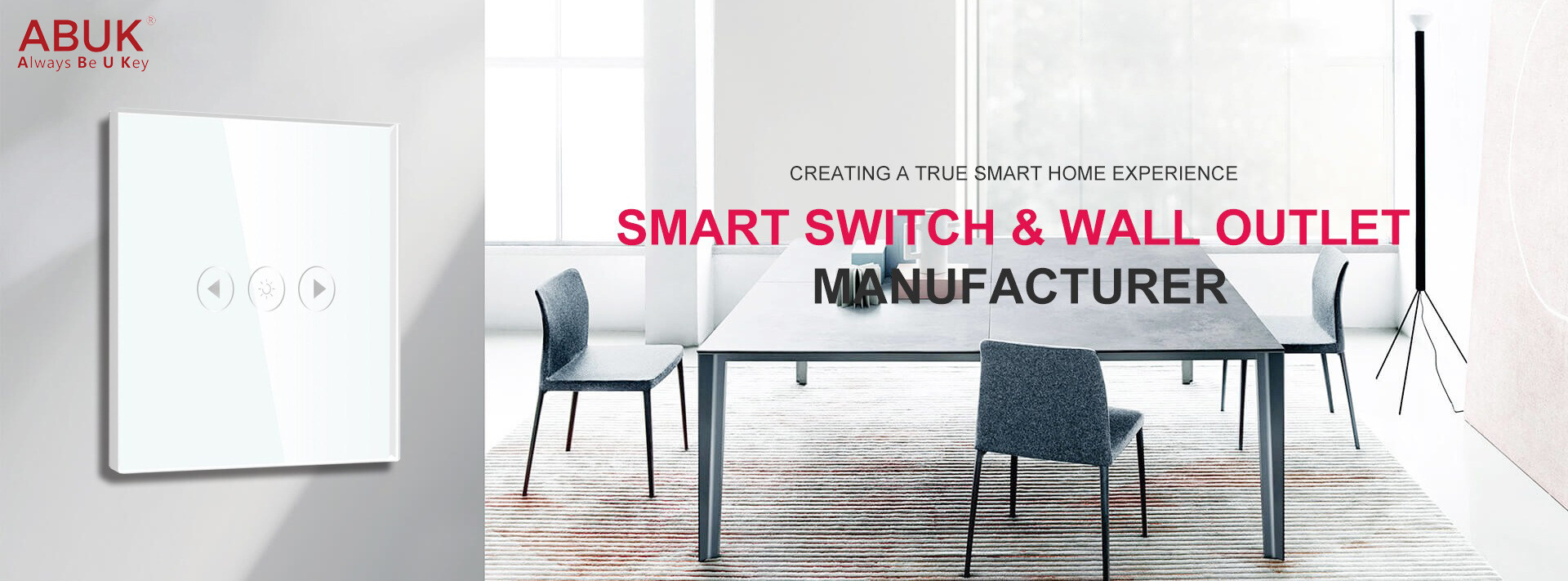Email format error
Email cannot be empty
Email already exists
6-20 characters(letters plus numbers only)
The password is inconsistent
Email format error
Email cannot be empty
Email does not exist
6-20 characters(letters plus numbers only)
The password is inconsistent



The circuit current and power limitations of countries are determined according to the local power standards and regulations. Here is some knowledge about the circuit current and power limitations in some common countries or regions:
USA
The standard circuit current in the US is 120 Volts (V) and 15 Amperes (A), which means the maximum power of the standard circuit is 120 volts x 15 amperes = 1800 Watts (W). However, there are also some special circuits in the US, such as circuits specially used for high-power equipment, which may have a higher current and power limitation.
Europe
The standard circuit current in most countries in Europe is 230 Volts (V) and 16 Amperes (A), which means the maximum power of the standard circuit is 230 volts x 16 amperes = 3680 Watts (W). However, some countries in Europe also have different voltage and current standards, such as the UK, where the standard circuit current is 230 Volts (V) and 13 Amperes (A), with a maximum power of 230 volts x 13 amperes = 2990 Watts (W).
China
The standard circuit current in China is 220 Volts (V) and 10 Amperes (A), which means the maximum power of the standard circuit is 220 volts x 10 amperes = 2200 Watts (W). However, China also has some special circuits, such as those specially used for industrial equipment, which may have higher current and power limitations.
Circuit Current and Power Limits: A Guide to Different Countries and Regions
It needs to be noted that these are general standards, and there may be some special cases or specific requirements in different countries or regions. For example, some countries may have different voltage standards, such as Japan, where the standard voltage is 100 Volts (V). In addition, some special circuits, such as high-power equipment or industrial equipment, may have different current and power limitations.
Seeking Professional Guidance: Consulting Electricians and Suppliers
When using electrical appliances and equipment, we should comply with local electricity standards and regulations to ensure that the current and power of the circuit do not exceed the limit to avoid overload and safety risks. If there are special requirements, such as higher power, professional electricians or local electricity suppliers should be consulted to ensure safety and compliance.
In addition, there is some other knowledge related to circuit current and power:
The relationship between current and power Current is the speed of charge through the conductor, and power is the energy consumed or generated in a unit of time. Power can be calculated by the product of current and voltage, that is, power (W) = current (A) x voltage (V).
Power demand of household circuits: when planning a household circuit, the power demand of various appliances and equipment needs to be considered. Different appliances and equipment consume different amounts of power, so it is necessary to ensure that the power limit of the circuit can meet the needs of the household.
Safety measures: in order to ensure the safe operation of the circuit, some basic safety measures should be followed. For example, do not exceed the current and power limits of the circuit; do not use damaged sockets or wires; regularly check the status of the circuit; and repair any problems in time.
Professional consultation: if there are any questions or further guidance on the current and power of the circuit, professional electricians or local power suppliers should be consulted. They can provide accurate information and advice to ensure the safety and compliance of the circuit.
In short, it is very important to understand the current and power limits of the circuit in each country to ensure the safe operation and compliance of the circuit. When using electrical appliances and equipment, we should comply with local electricity standards and regulations and follow basic safety measures to protect our own safety and that of our families.